UNLIMITED ACCESS TO OVER 400 HISTORIC PLACES
Live and breathe the story of England at royal castles, historic gardens, forts & defences, world-famous prehistoric sites and many others.
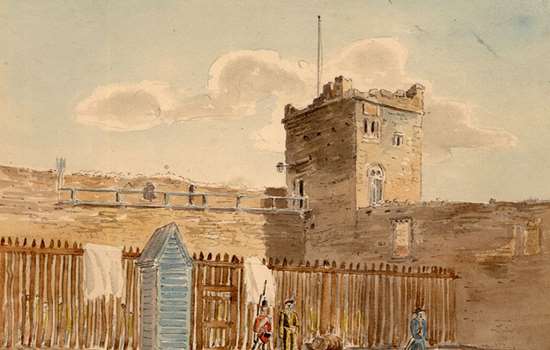
During the wars with France between 1793 and 1814, thousands of prisoners of war were held at Portchester Castle. Learn more about where they came from and what their lives were like at the castle.
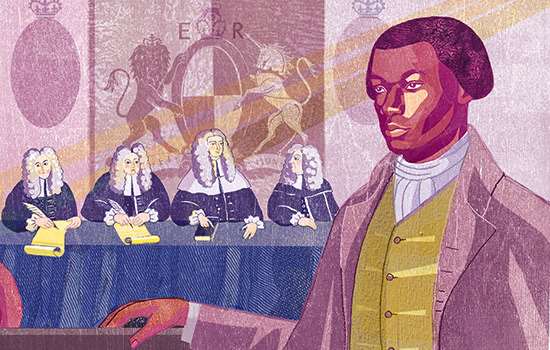
The Somerset v Stewart ruling in 1772 was a landmark in the progress towards the abolition of slavery in England, bringing the injustice of the slave trade to public attention.
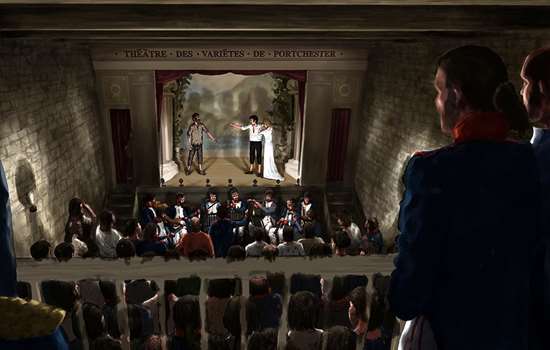
Find out about the theatre set up and run by French prisoners of war at Portchester Castle between 1810 and 1814.
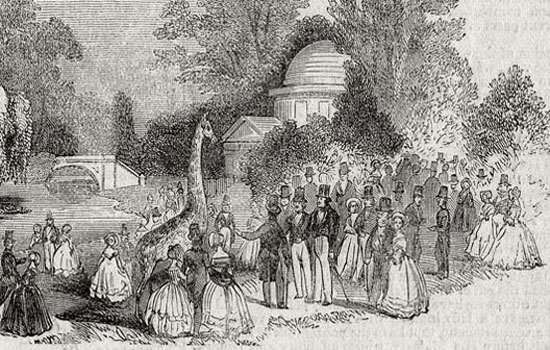
How the 19th-century menagerie at Chiswick House in west London was part of a wider tradition of keeping exotic creatures on aristocratic estates.
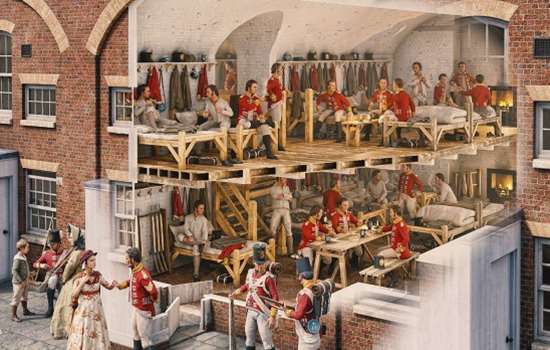
Read about Dover Castle’s transformation into a permanent barracks and artillery fortress in the Georgian era, a role that continued into modern times.
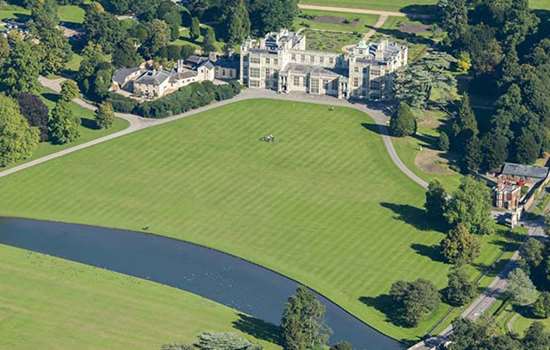
How a contract in 1763 between England’s foremost landscape gardener and a landowner with a military past deteriorated into a furious exchange of letters.
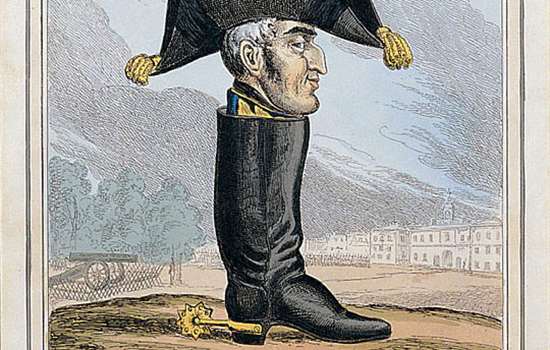
How the Duke of Wellington, victor at the Battle of Waterloo and fashion icon, gave his name to the humble welly.

The only fatalities ever reported at Tilbury Fort were thanks to a game of cricket in 1776. Or is this extraordinary story just a tall tale?

Read about Augusta Dowager Duchess of Brunswick who moved to Ranger’s house in 1807 and her fascinating story of royals, scandal and lavish entertainments during the Regency era.
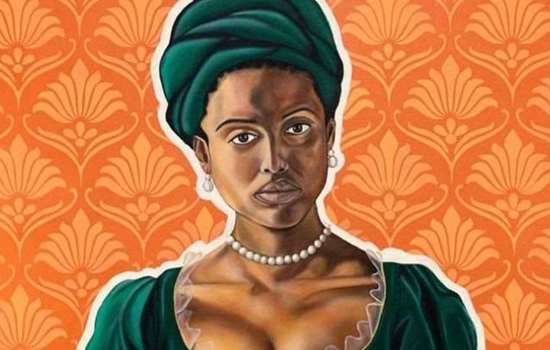
Dido Elizabeth Belle was raised as part of an aristocratic family in Georgian Britain. She was the daughter of a formerly enslaved woman named Maria Bell and a Royal Naval officer, Sir John Lindsay.
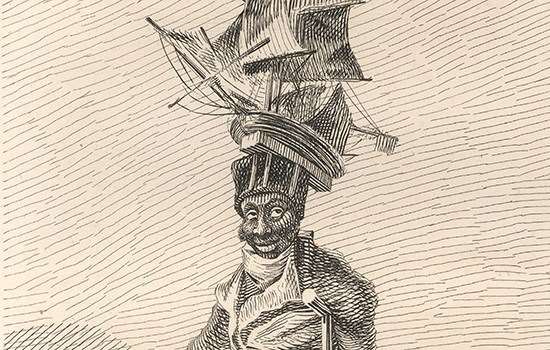
We take a look at the lives of black people – including soldiers, servants and independent citizens – who lived under the shadow of slavery in 18th-century Britain.
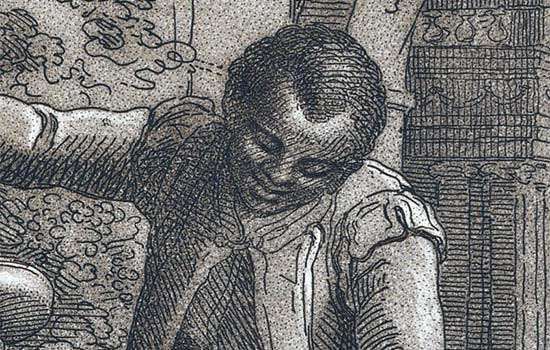
Ottobah Cugoano was an anti-slavery campaigner and one of the first formerly enslaved people to write and publish a text in the English language.
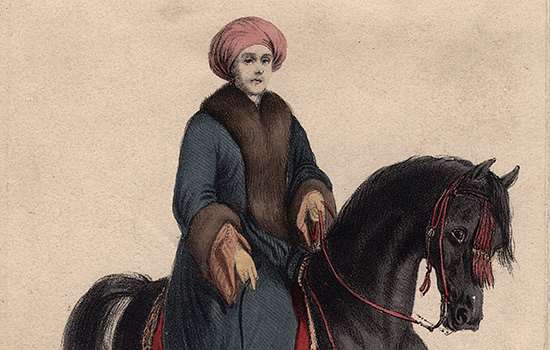
For a brief period the independent and charismatic Hester Stanhope was at the heart of British politics, living with her uncle, William Pitt the Younger, at Walmer Castle.
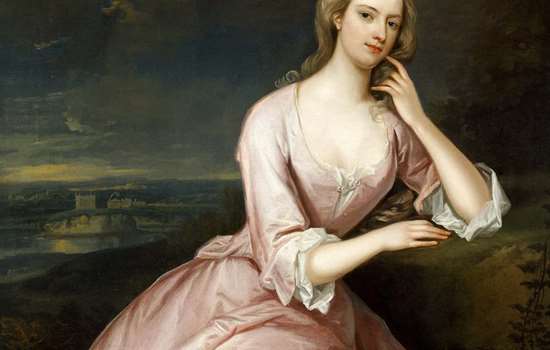
Read about Marble Hill’s Henrietta Howard, who overcame personal adversity to become an extraordinary figure in Georgian court society and a member of a dynamic circle of writers, poets and politicians.
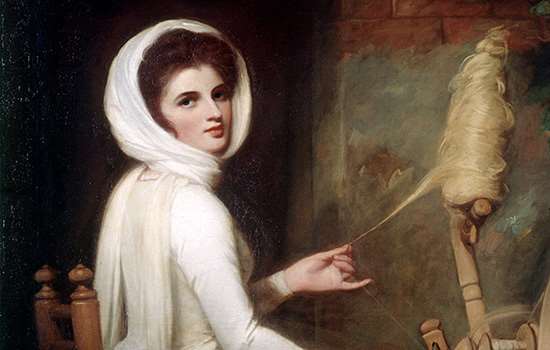
Discover how George Romney’s portraits of Emma Hamilton, including The Spinstress, propelled its subject to fame.

The extraordinary story of a group of over 2,500 prisoners of war who were brought to Portchester Castle in 1796 from the island of St Lucia.
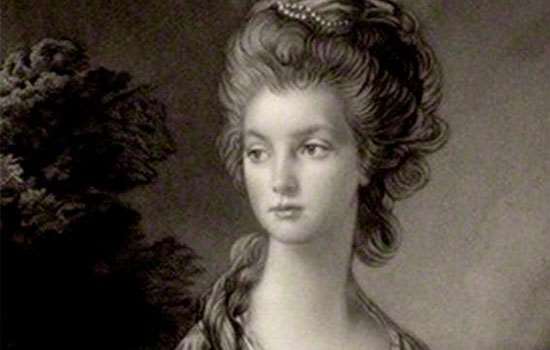
In the 18th century, among fashionable women, a cult of same-sex ‘romantic friendship’ was accepted, even if to some contemporary observers it appeared ‘queer’.
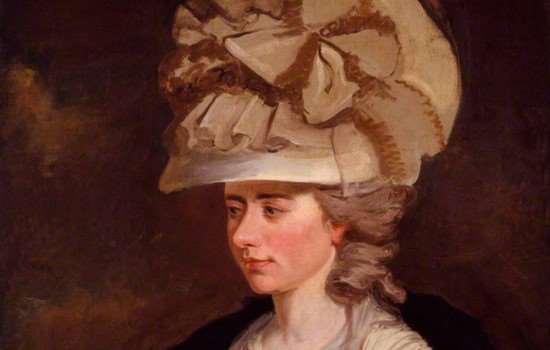
Fanny Burney, later known as Madame D’Arblay, is famous for her novels and for her diaries, which record her life within fashionable literary circles and at the royal court.
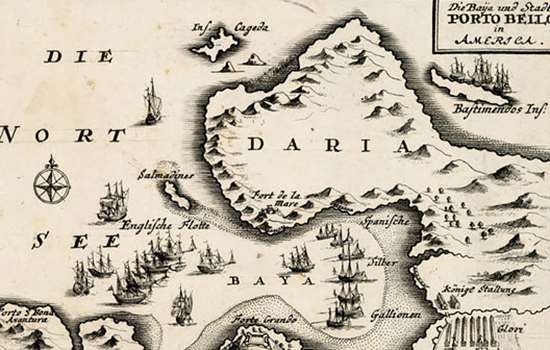
How the death of Admiral Francis Hosier and the devastation of his fleet became the subject of a scathing musical attack on the government of the day.
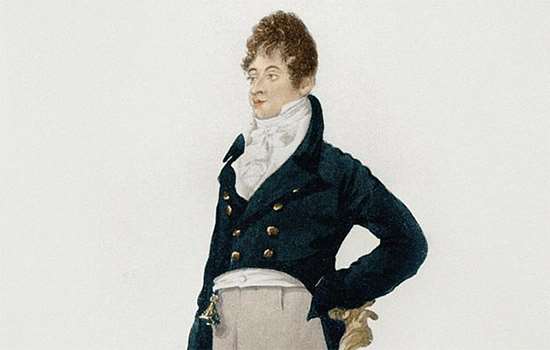
Beau Brummell set the standards for the Regency style known as dandyism, which relied on fine-quality cloth, precise cutting and understated elegance.
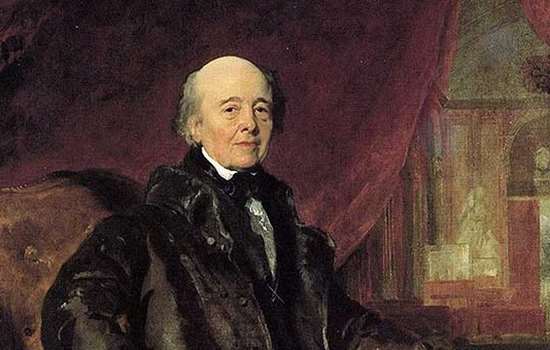
The architect John Nash designed a significant portion of Regency London. He is commemorated with a blue plaque at 66 Bloomsbury Square, the end unit of a six-house terrace which he designed himself.
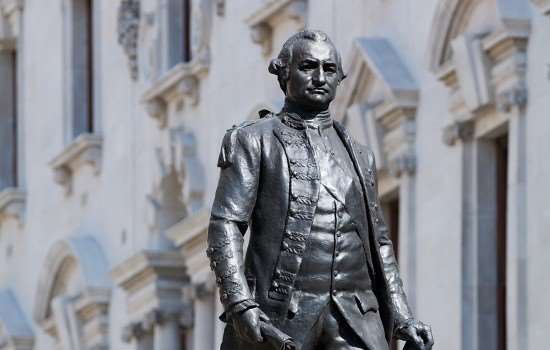
Robert Clive, later Baron Clive of Plassey, played an early part in the establishment of British imperial control of India. Read about Clive and the London statue of him that was erected in 1912.
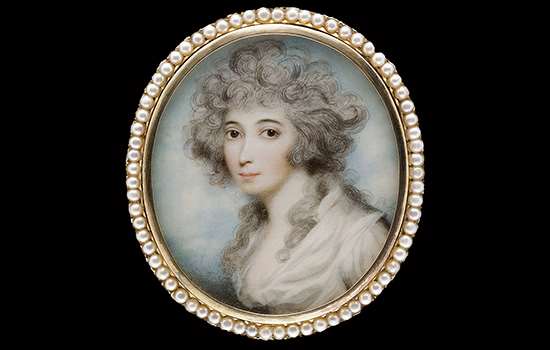
Kenwood is home to three distinct collections of small, portable Georgian treasures that reveal the skills of 18th-century artists and craftspeople.
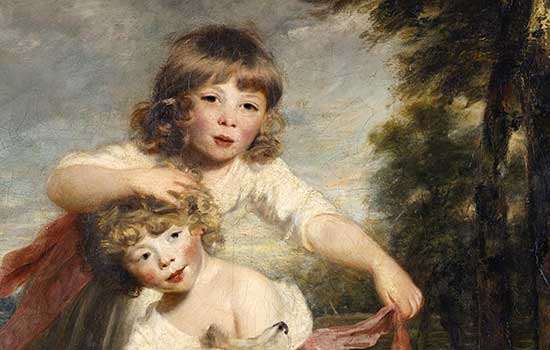
Discover how, from the mid 18th century, new ideas about innocence, morality and family were reflected in the art of the Georgian age.
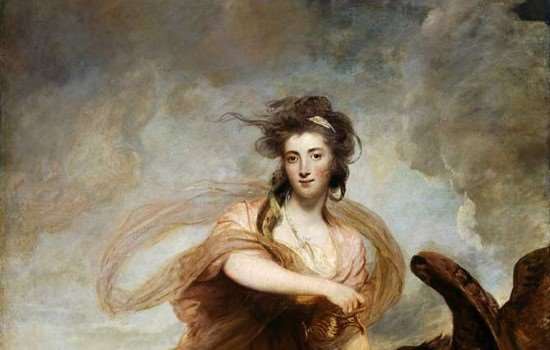
We explore the life and work of the great 18th-century portrait painter, Joshua Reynolds through his 17 paintings in the collection at Kenwood.
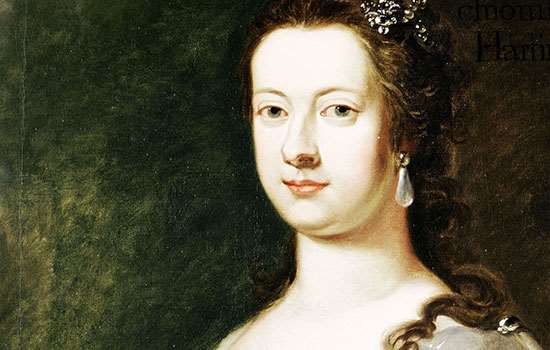
Explore a selection of Lord Burlington’s original collection as well as complementary paintings, family portraits and views of the house and garden.
Listen to these podcast episodes to learn more about some of our Georgian sites and the stories and people associated with them.
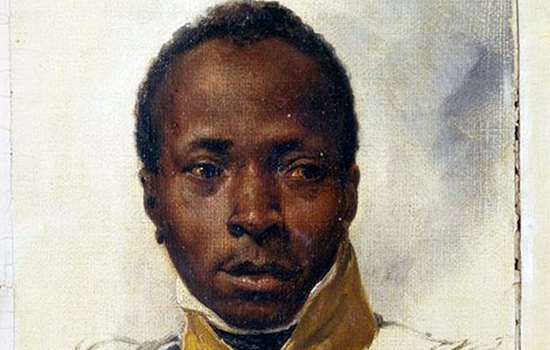
Explore some of our sites with Georgian history.
Search all our Georgian sites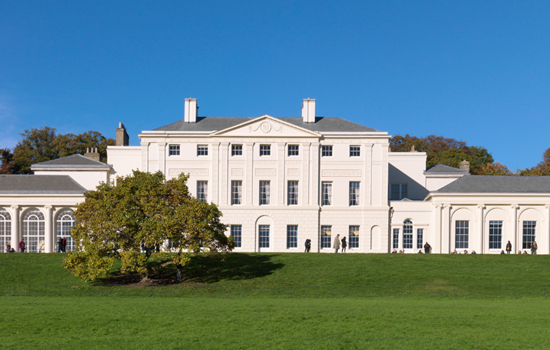
This outstanding house beside Hampstead Heath was remodelled by Robert Adam between 1764 and 1779. He transformed the original brick building into a majestic villa for the great judge, Lord Mansfield.

Marble Hill is the last complete survivor of the elegant villas and gardens which bordered the Thames between Richmond and Hampton Court in the 18th century.
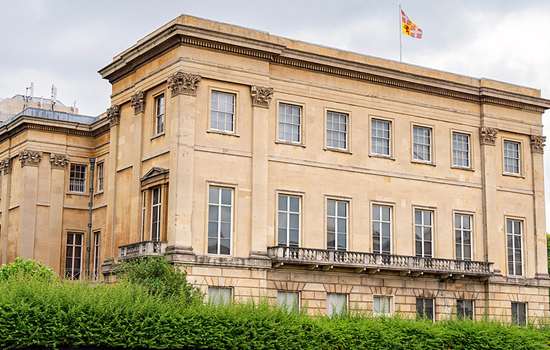
Dazzling interiors, glittering treasures and fabulous art collections
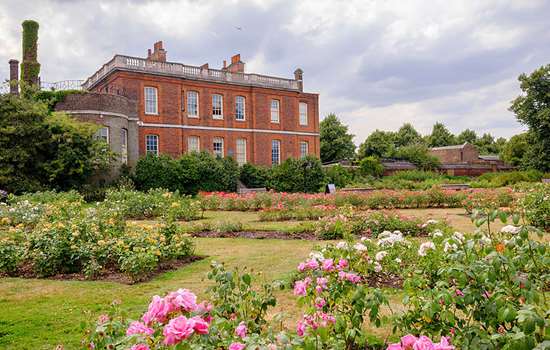
Discover a diamond magnate’s fabulous jewels
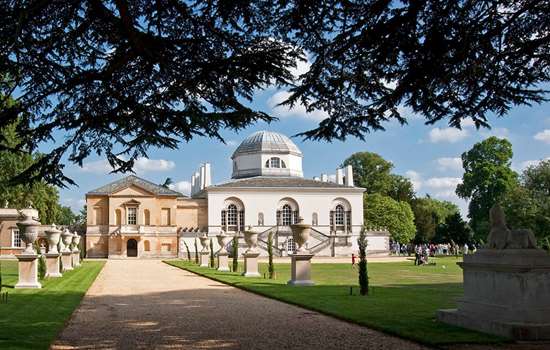
Chiswick House is a glorious example of 18th-century British architecture. The 3rd Earl of Burlington, who designed this elegant villa, drew inspiration from his Grand Tours of Italy.

Belsay is beautiful and bursting with things to see and do.

The world’s first iron bridge was erected over the River Severn here in 1779 by Abraham Darby III. Costing over £6000, the bridge was cast in his Coalbrookdale foundry, using 378 tons of iron.
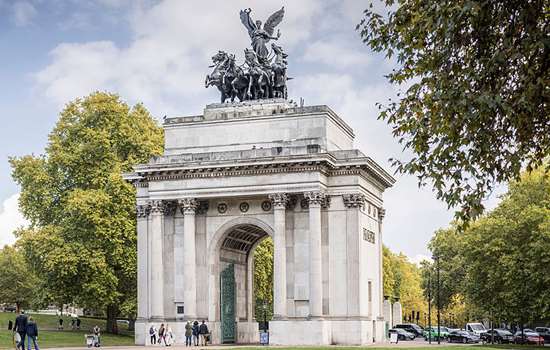
Get great views from an iconic London landmark
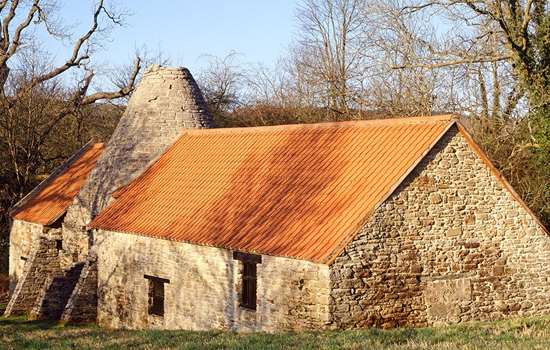
Built in the 1720s, Derwentcote is the earliest and most complete steel-making furnace in Britain. It produced high-grade steel for springs and cutting tools.

Berwick-upon-Tweeds Barracks and Mainguard
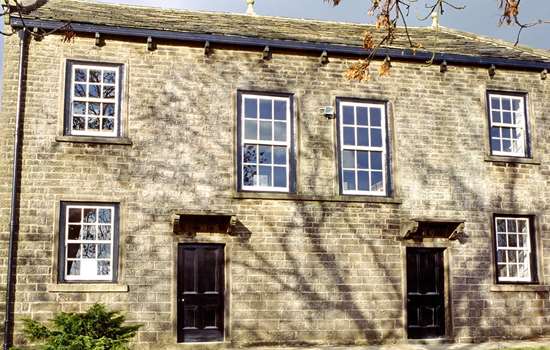
English Heritage's only Nonconformist place of worship, this atmospheric Baptist chapel displays a complete set of box-pews, galleries and pulpit dating from c. 1742 to 1809.
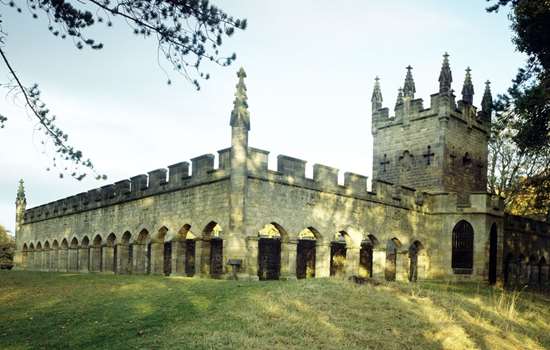
The growing fashion for scenery in the Georgian period, accompanied by theories on nature, led to more naturalistic landscape designs that were an early expression of Romanticism.
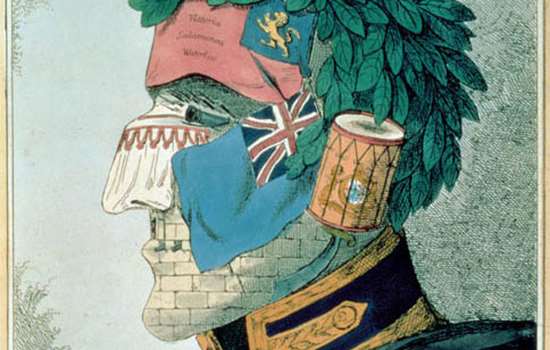
Until the very end of the Georgian period, power belonged almost exclusively to those who owned substantial land or wealth.
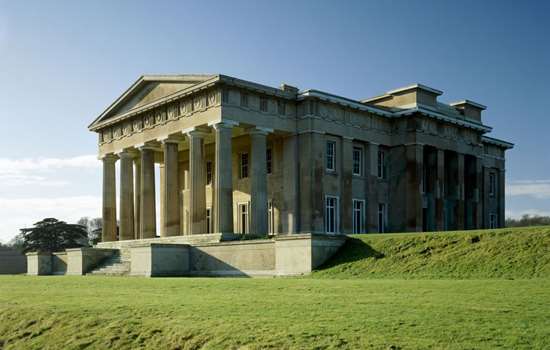
The classic Georgian building is the Classical country house. But this is also the period that saw the first steps towards a coherent approach to town planning.
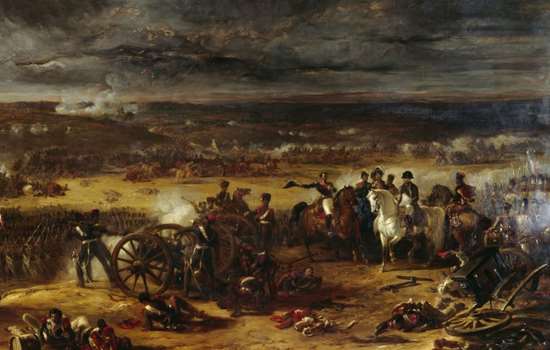
For much of the Georgian period Britain was at war – usually with France. Many of these conflicts were played out on a world stage, to defend or expand the burgeoning British Empire.